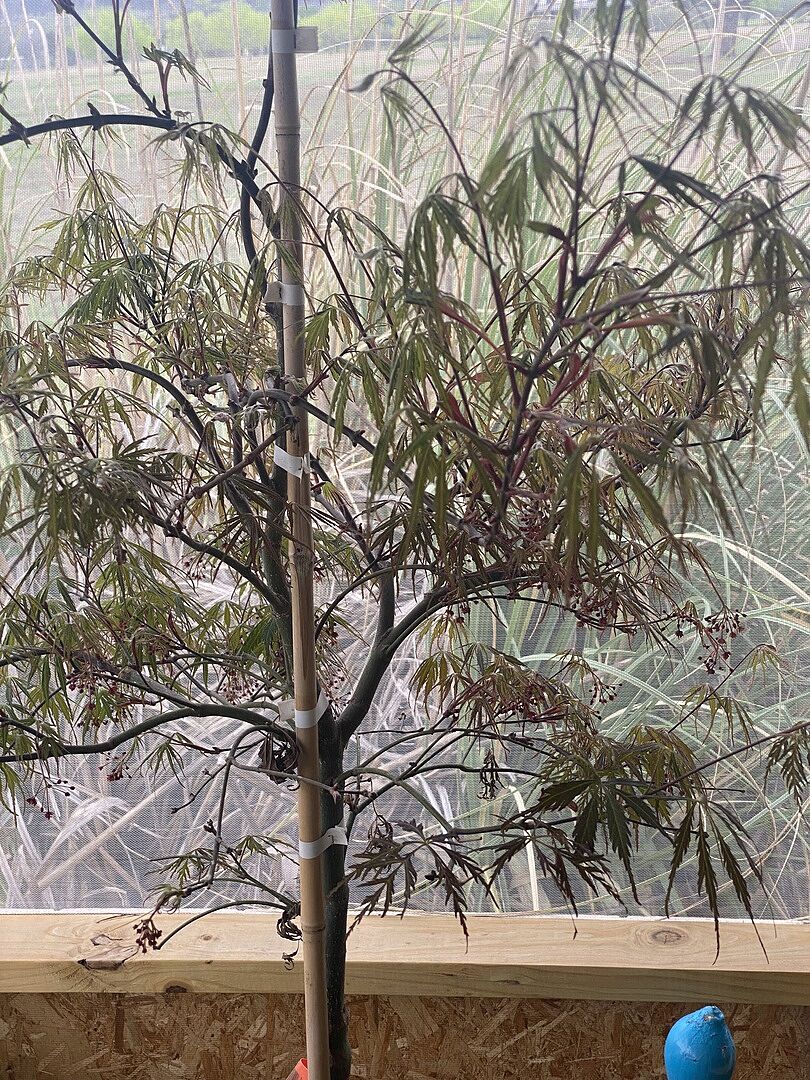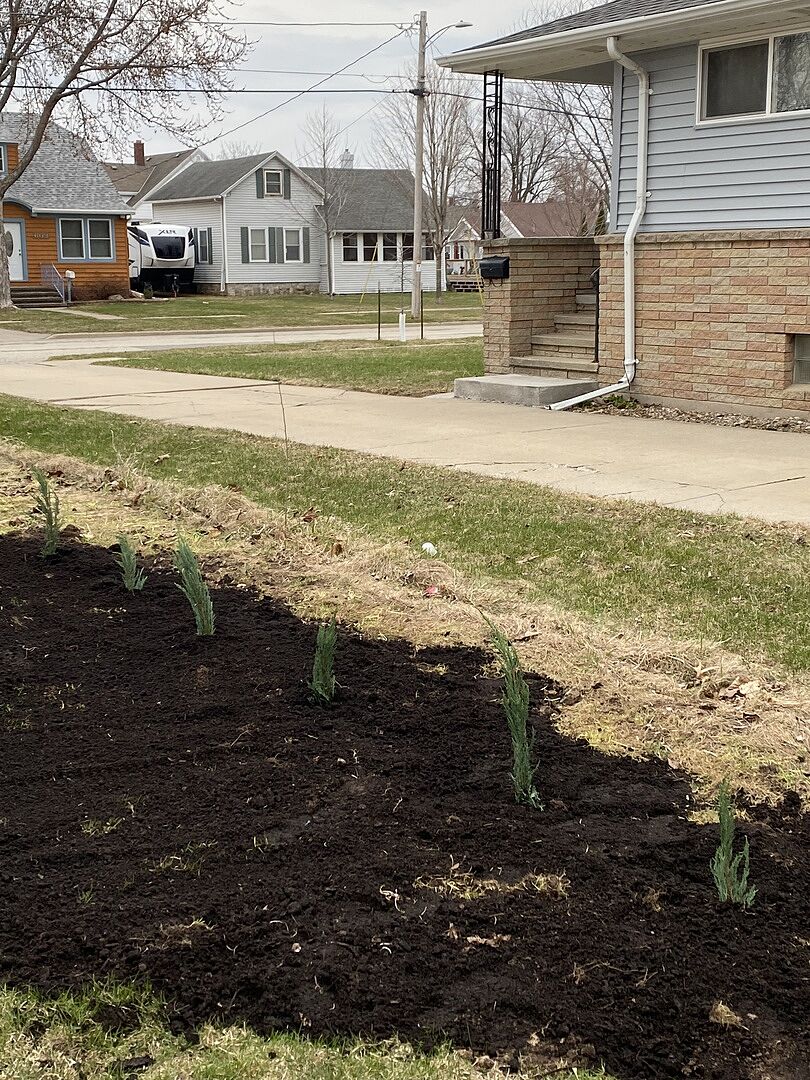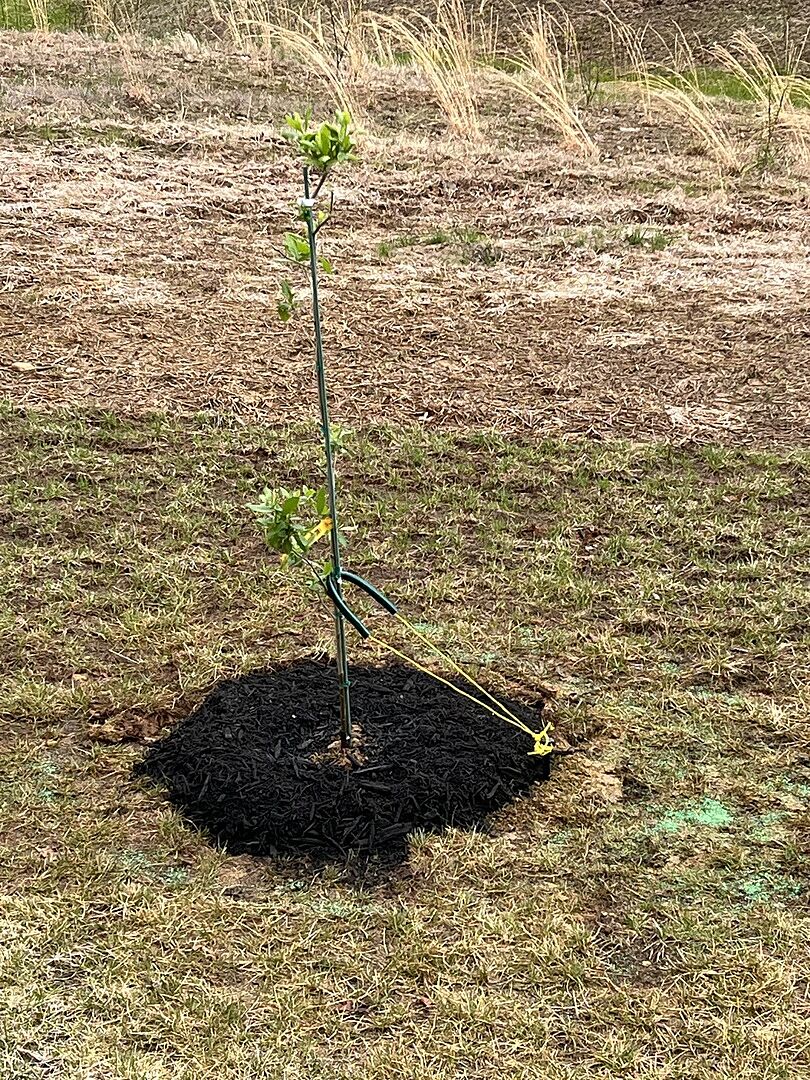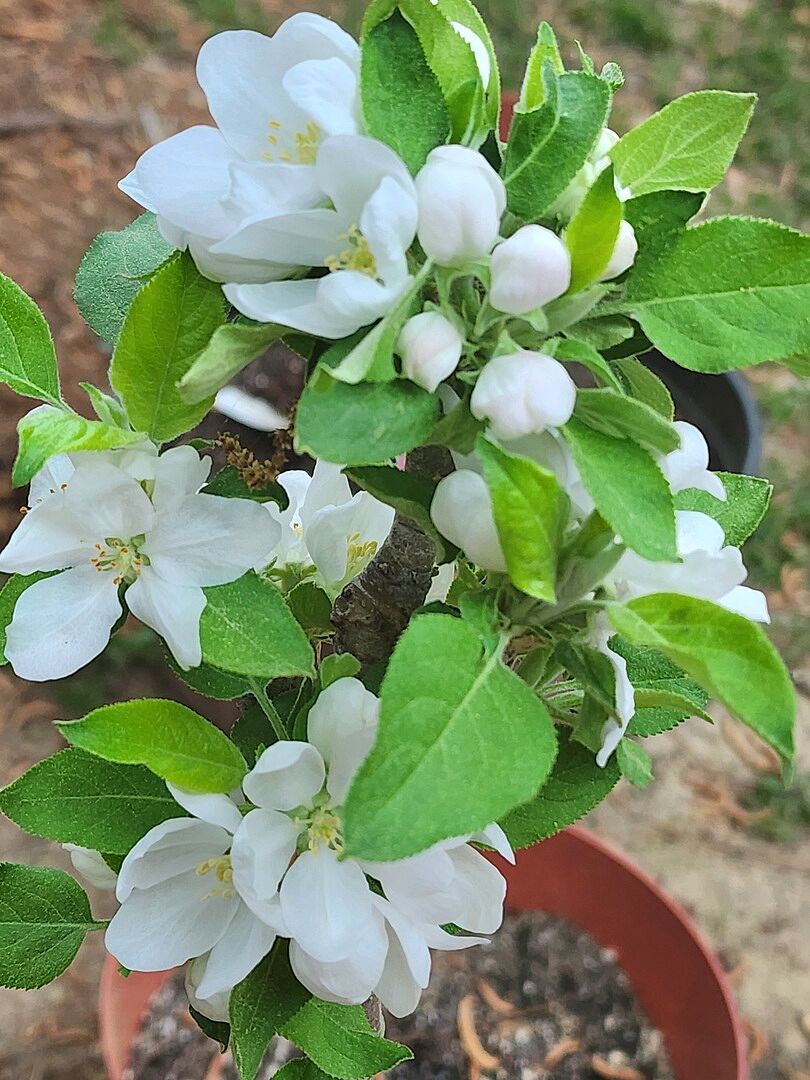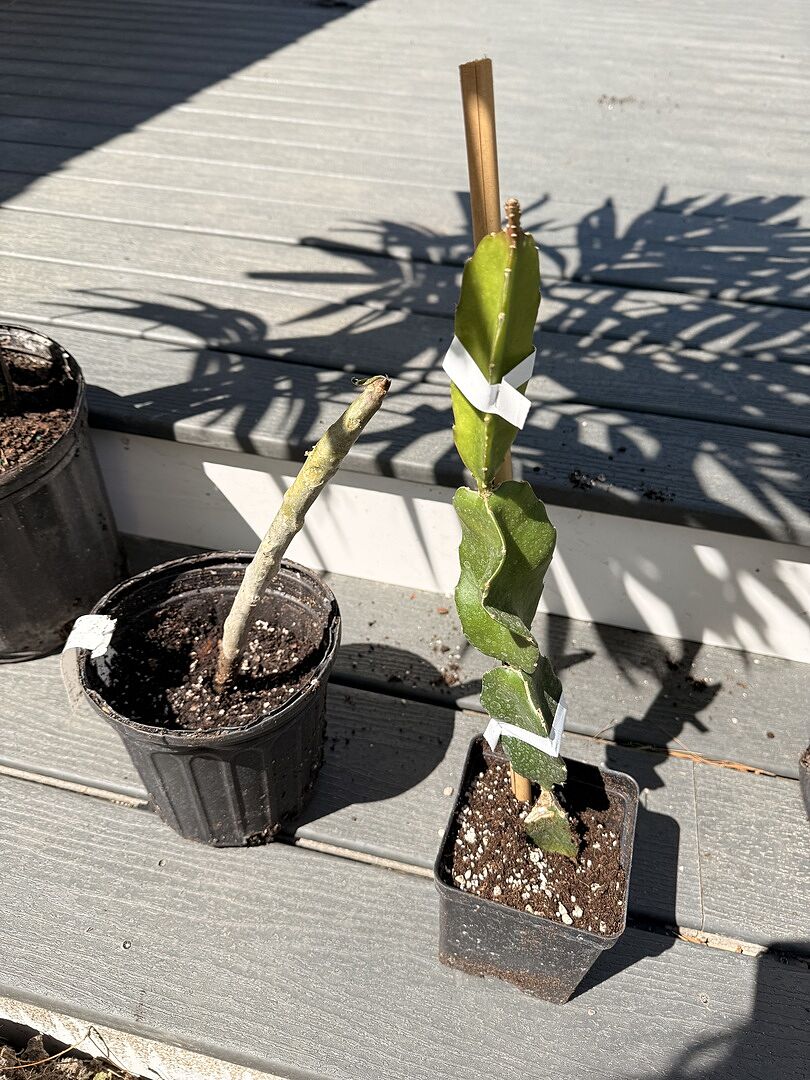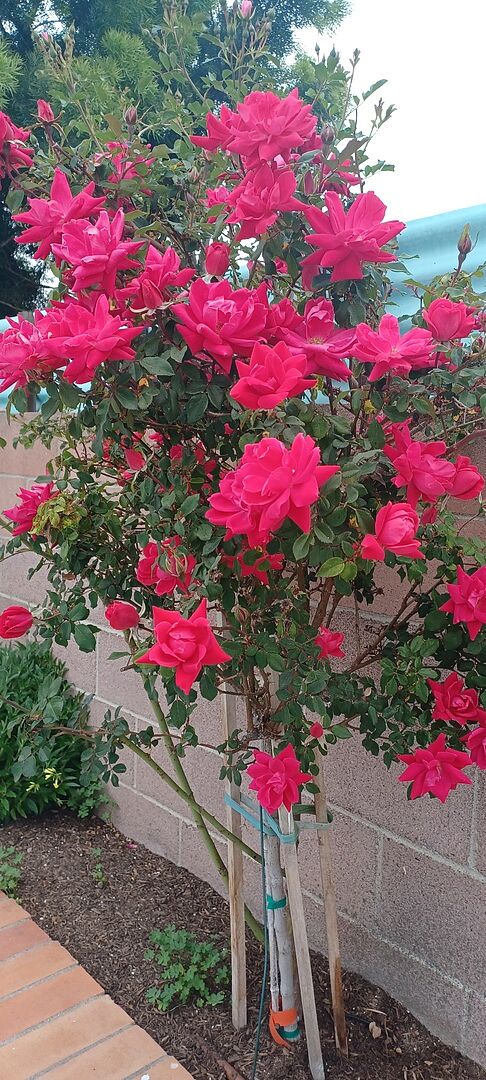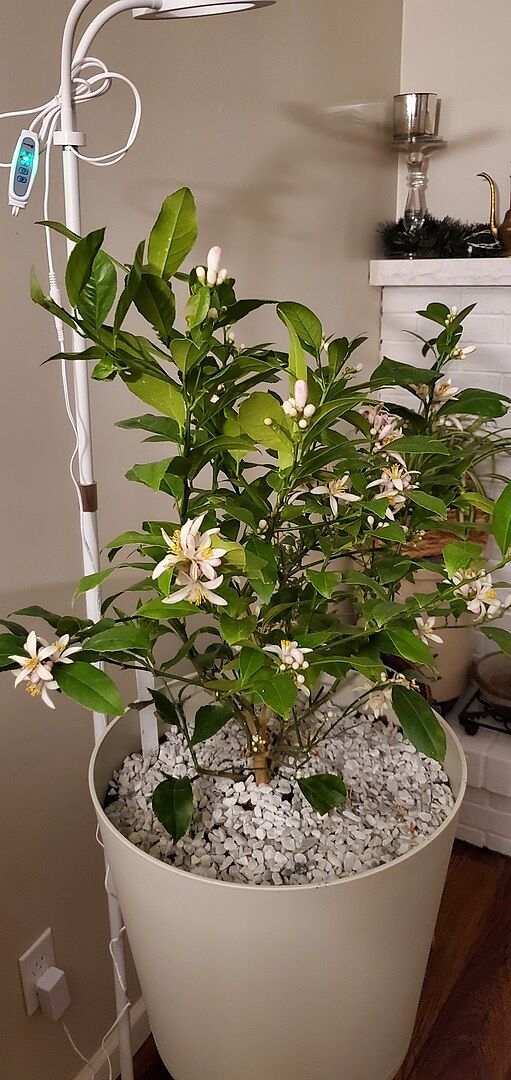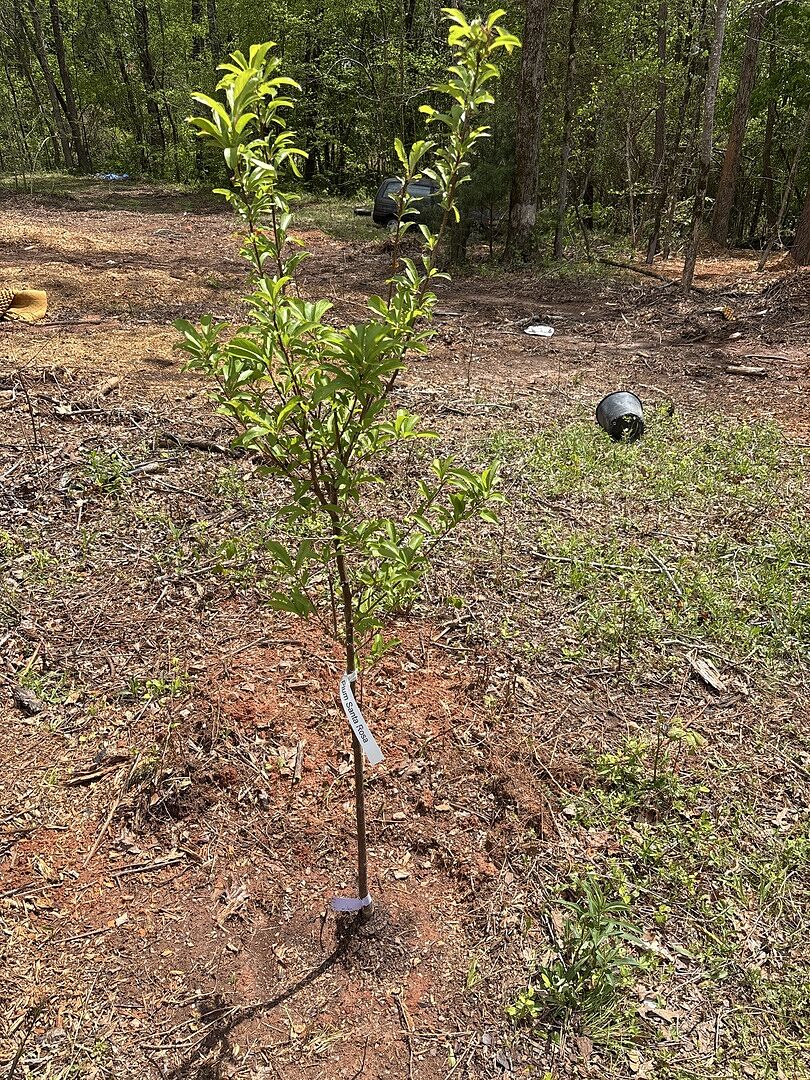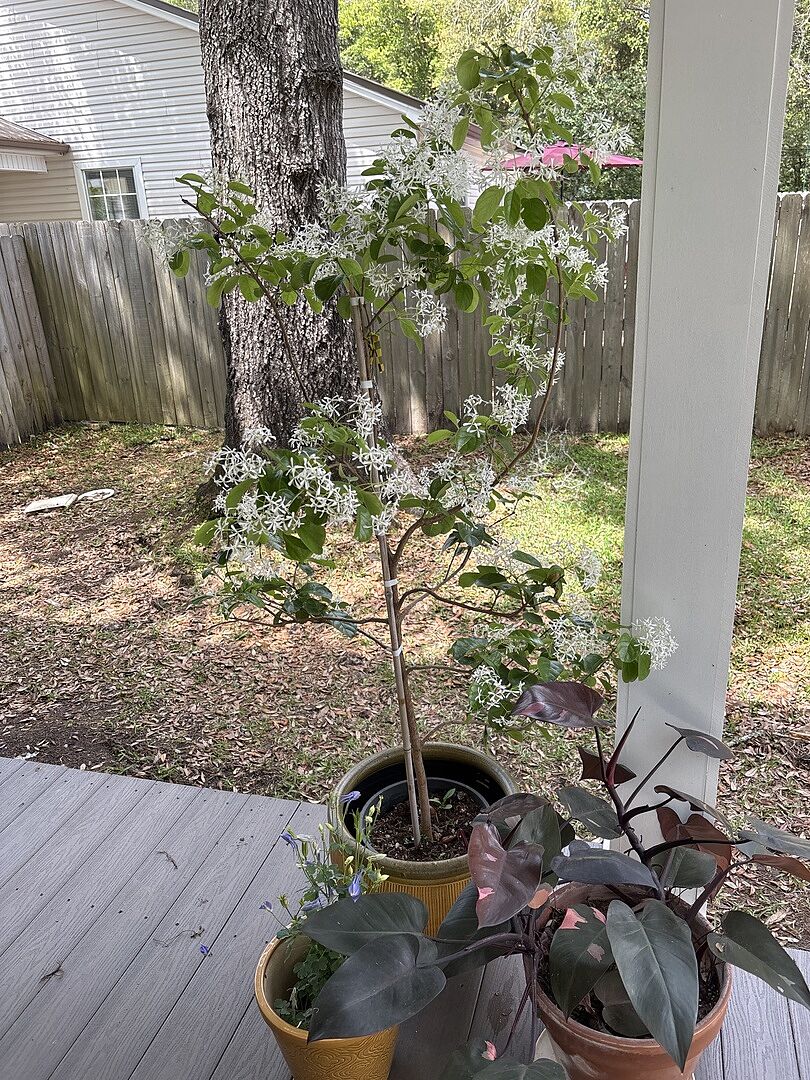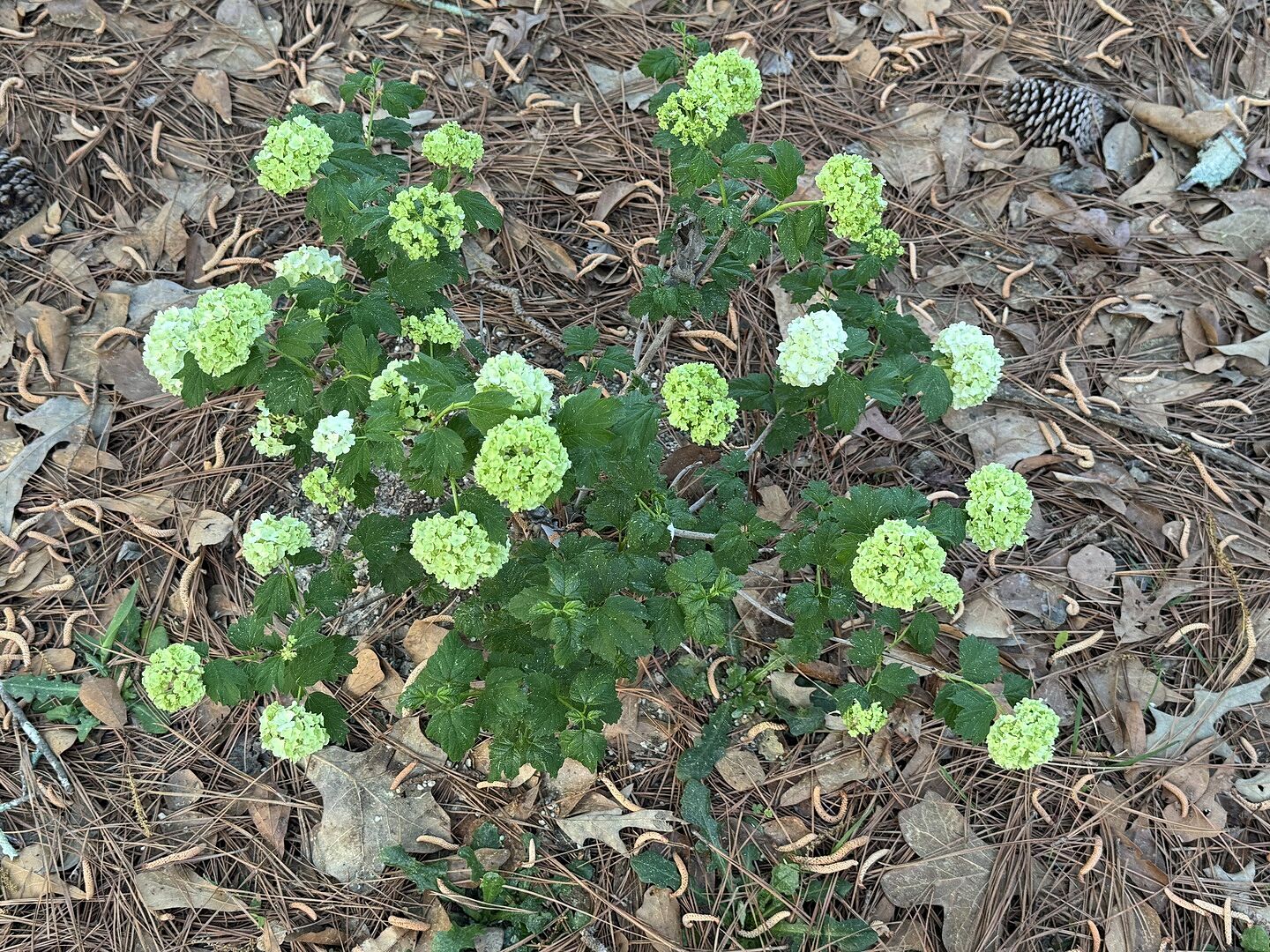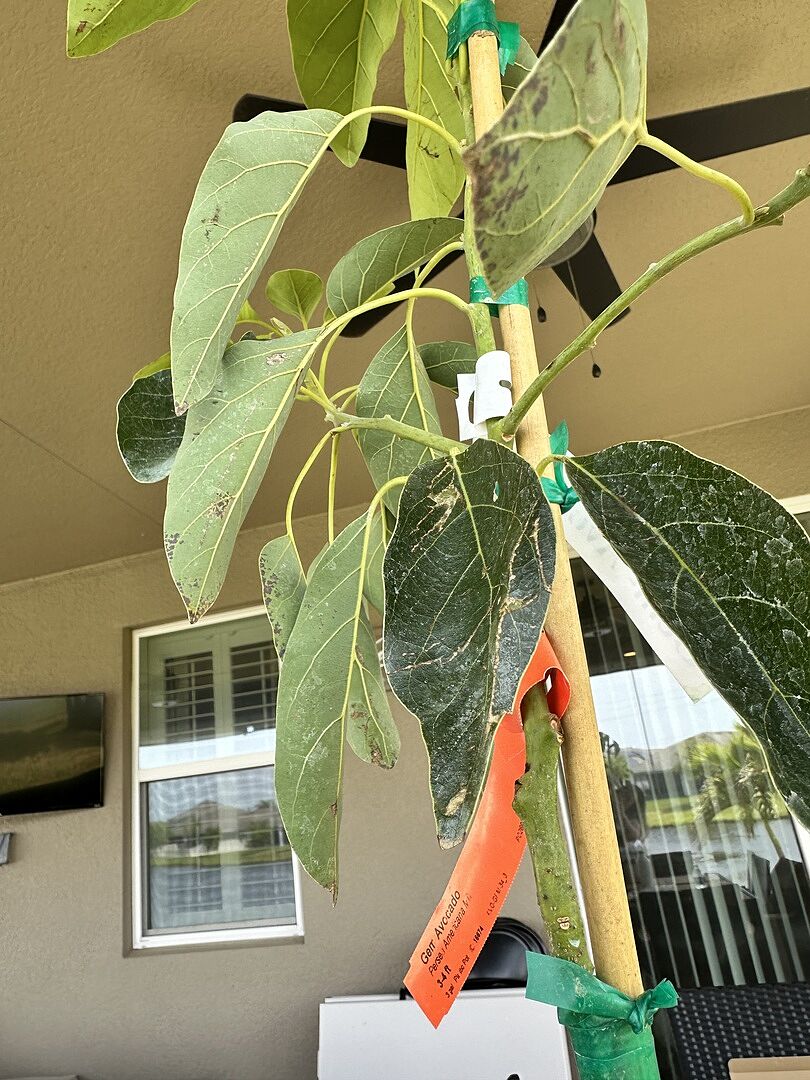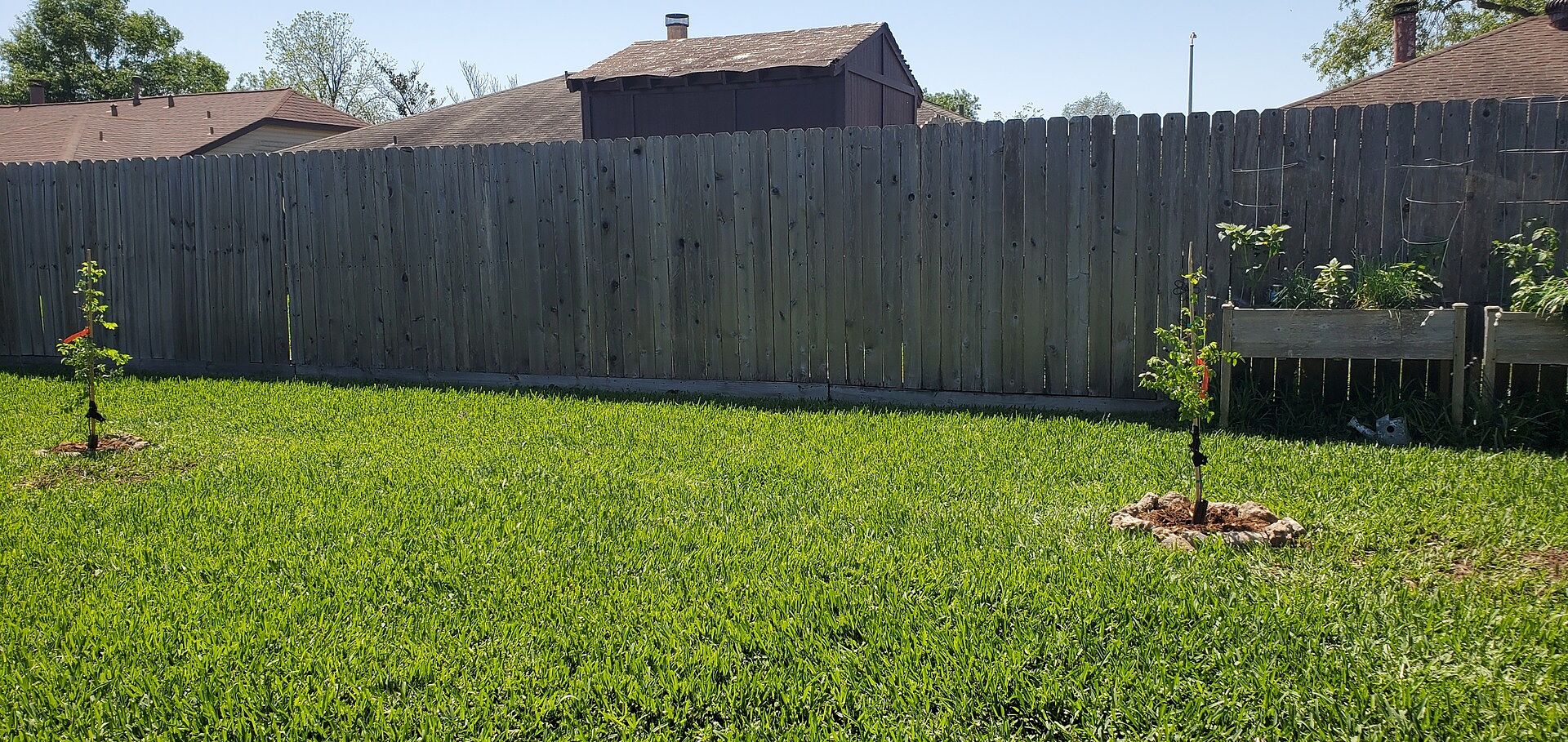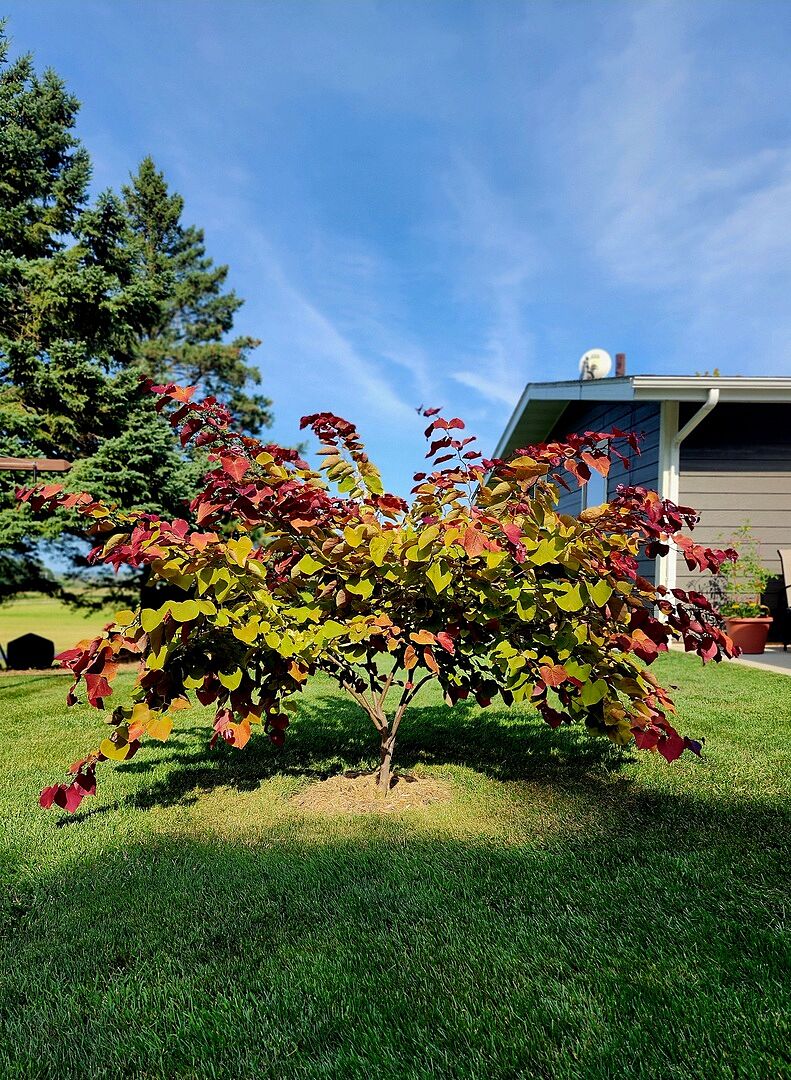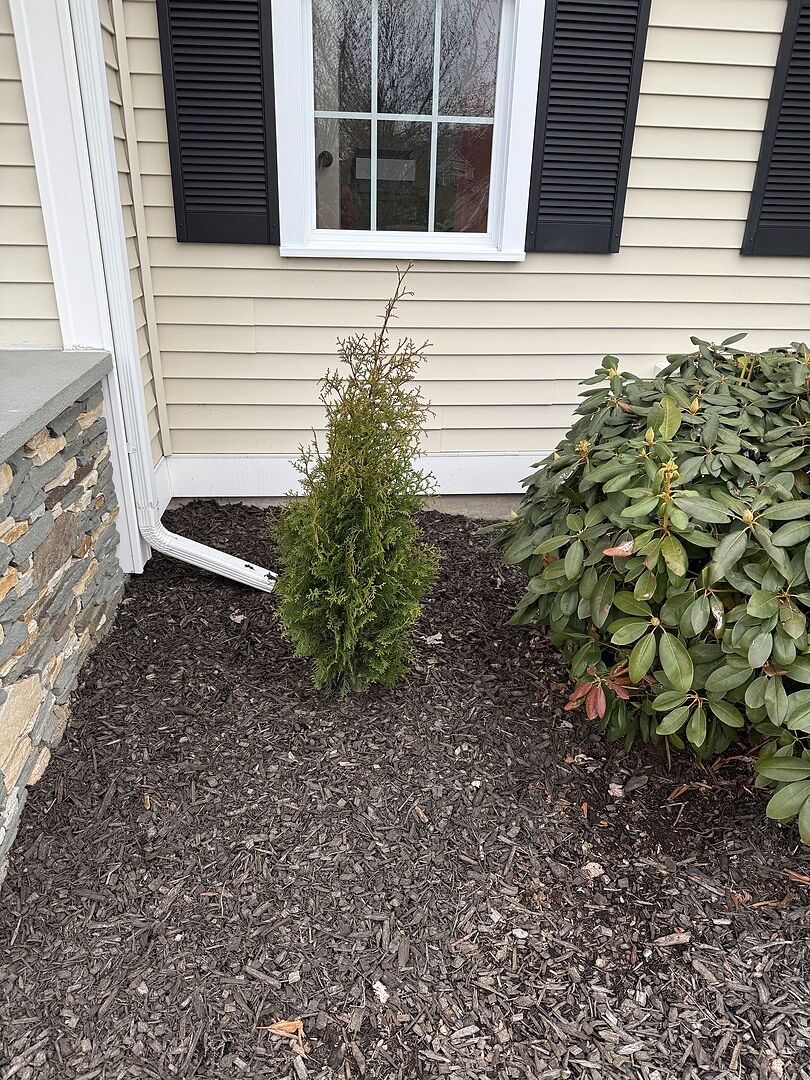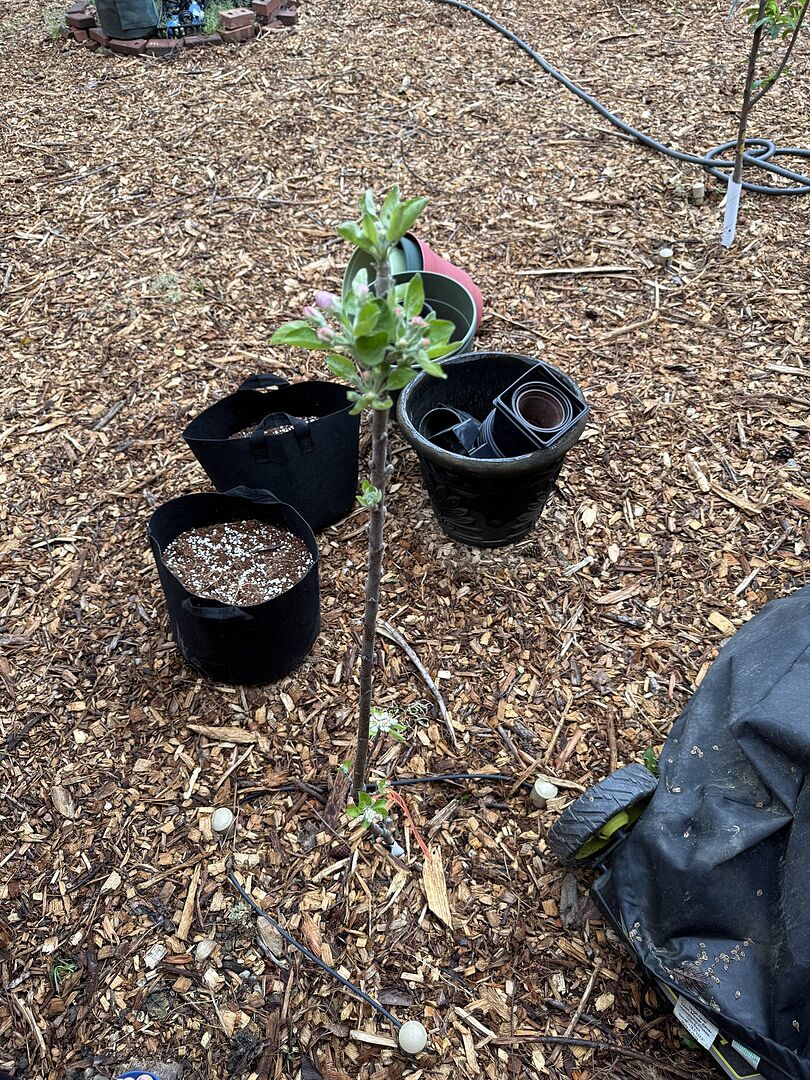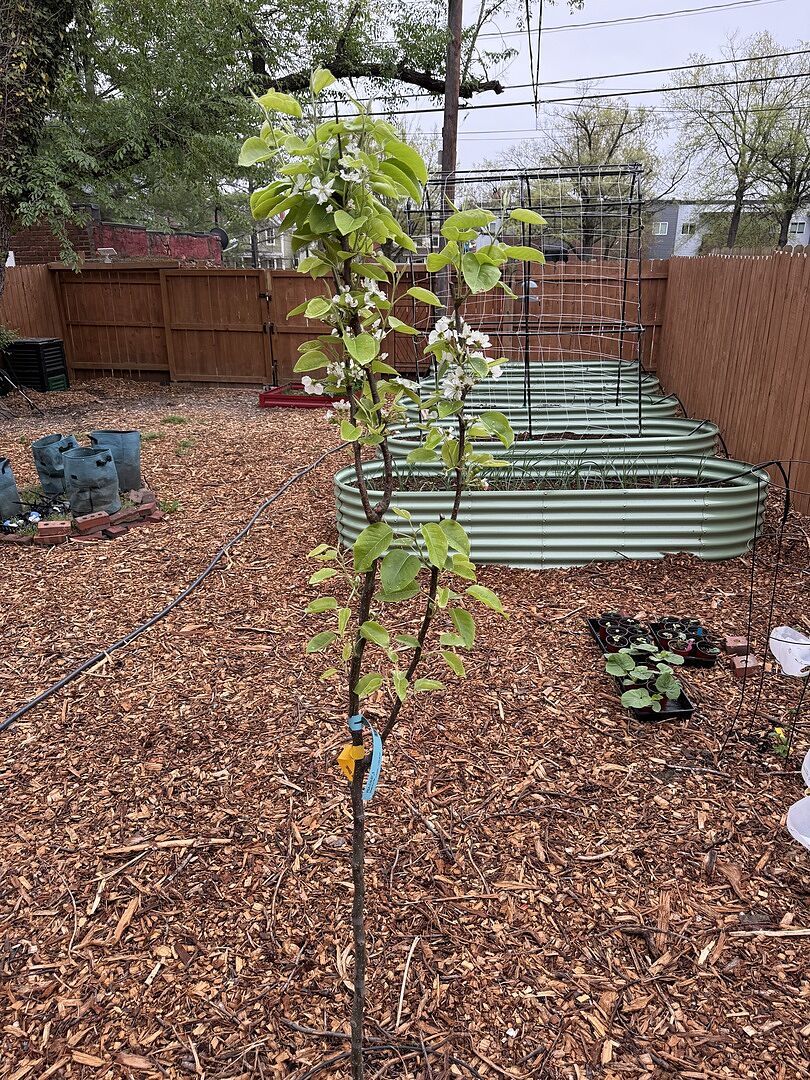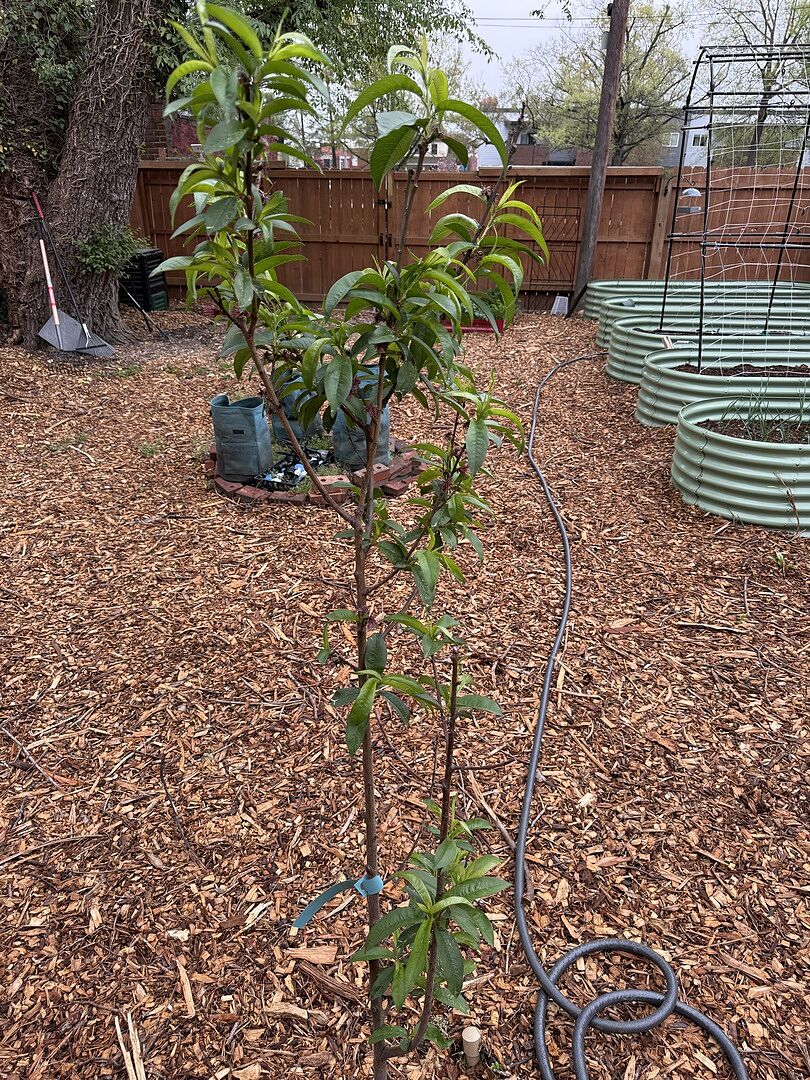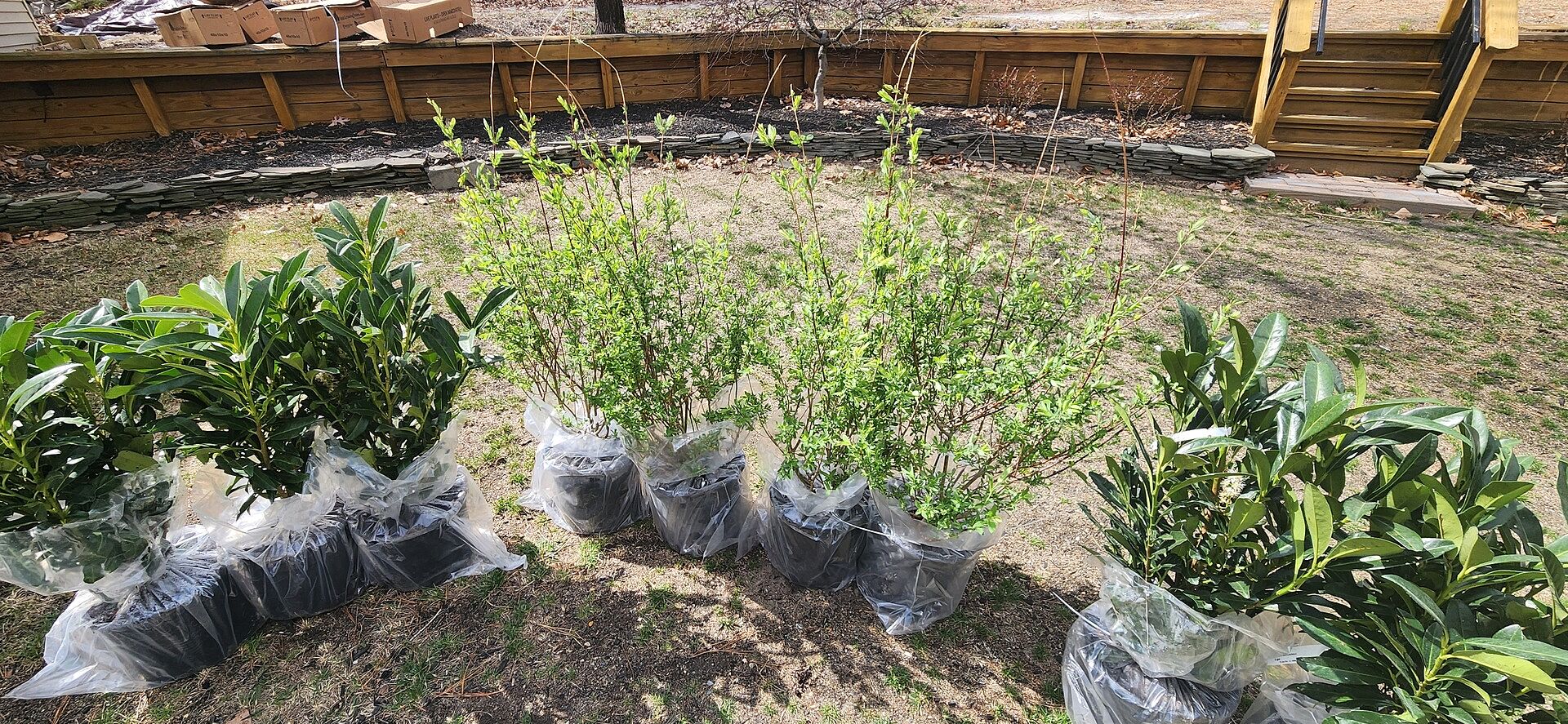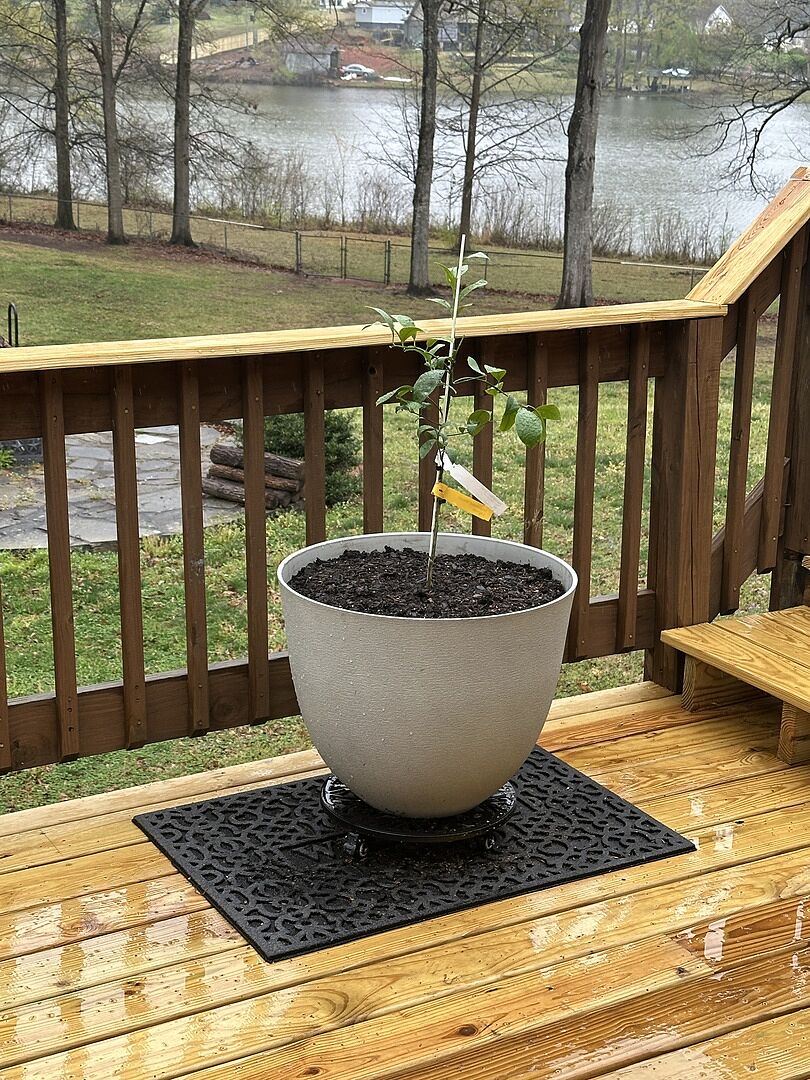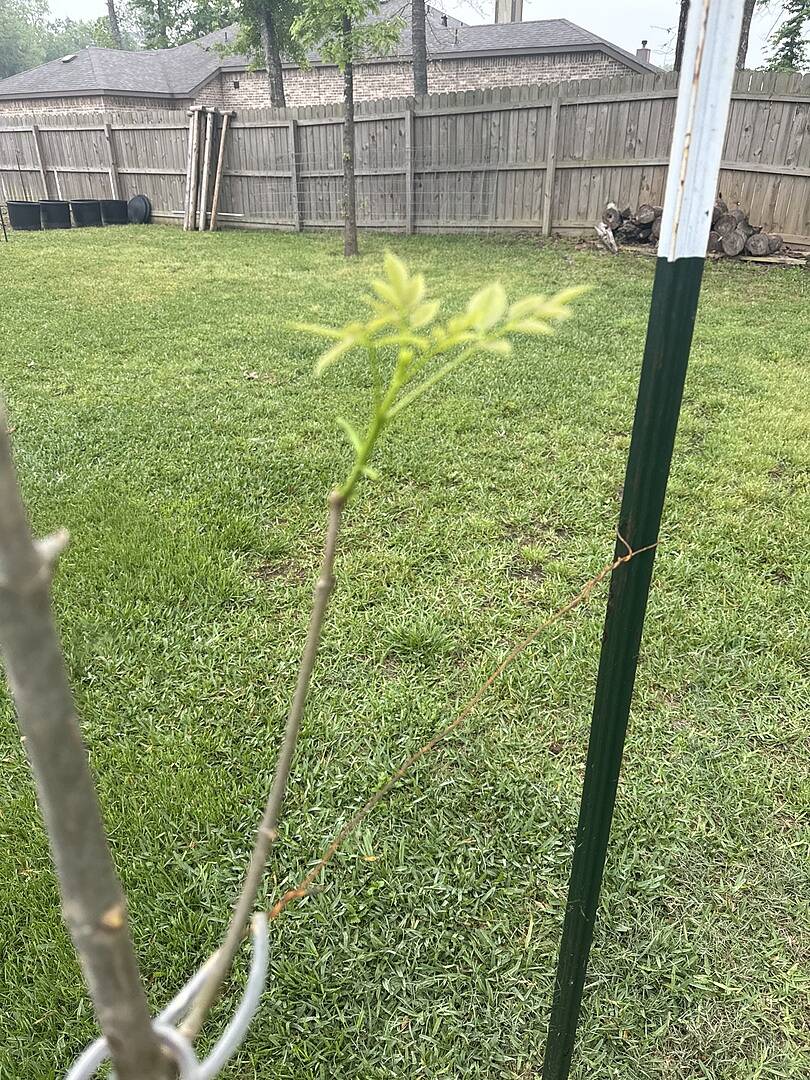Growing Zones Guide: Zone 7

Last updated: Apr 11 2022

If you’re located in Zone 7 and need some planting and care tips, check out our growing guide below for your area so you can grow with ease and success!
Where is Zone 7?
The USDA Hardiness Zone 7 spans 28 states. From east to west, it begins in small areas of southern Connecticut. It then stretches south through Virginia, east through Tennessee and northern Arkansas, and southwest through the Texas panhandle and New Mexico, then narrows and winds north through Nevada, California, Oregon, and Washington.
Zone 7 characteristics vary greatly from the eastern to the western United States. For instance, soil composition in the northeast can be rocky and sandy, while red clay is a dominant feature in the southeast. And Oregon’s soil is Jory soil, which, while reddish in color, contains a large percentage of organic matter and presents as a loamy, well-drained planting medium.

What to Consider When Planting in Zone 7
Each USDA hardiness zone has 10 degrees of minimum average temperature difference and is divided into two sections, a and b. Zones 7a and 7b both have a medium-length growing season. Zone 7a’s minimum average temperature is 0 to 5 degrees, and Zone 7b’s minimum average temperature is 5 to 10 degrees. The last frost date is around April 15, and the first frost date is around November 15.
Zone 7 is very forgiving and relatively temperate, with many annuals and perennials thriving throughout the growing season. Warm, damp summers provide plenty of water for landscaping success, and most winters don’t reach those minimum temperatures for very long, making it easy for plants to enjoy their hardiness. Augmenting your soil gives your plants, trees, and shrubs a better chance of thriving in Zone 7. And soil testing is an important step before choosing your landscaping plants.
Choosing Plants for Zone 7
Zone 7 can host a large variety of plants and shrubs, including some tropical species bred to withstand the winters, like certain types of bananas and palms. The endemic species sport beautiful flowers, fruit, and foliage that rival any of those in warmer climates, and you can choose from a wide range of beautiful annuals as well.
Below, we’ve outlined an assortment of permanent landscaping trees and plants to beautify your property and add cooling shade and shelter to your yard. Because the climate in Zone 7 changes so drastically from east to west, and especially in Arizona, we’ve included a few geographical suggestions, as well.
Shade Trees
The summers in Zone 7 range from comfortable to very hot, moving from the northeast to the southwest. Shade trees and drought-resistant trees make good choices for your outdoor space and range in size from medium to very large. Here’s some selections that will offer beauty and shade in the summers in Zone 7:
American Elm Tree (shown below): American Elms provide shade with beautiful, large, deep-green leaves in summer and golden foliage in the fall. They tolerate all types of soil and can thrive in both urban and suburban environments and grow 40-60 feet tall. Known for its extensive canopies and fascinating bark patterns, this tree is easy to grow and beautifies any landscape it grows in. Most U.S. climates provide a suitable environment for this elm, with the exception of Arizona, where it’s unlikely to survive.

Shumard Oak Tree: Growing up to 60 feet tall, the Shumard Oak tree’s large canopy offers full shade in nearly any environment. It grows straight, and its root structure allows it to withstand harsh storms and droughts. The Shumard Oak’s natural range is in the southeast U.S., so it may not do well in the climates of the southwest.
Velvet Mesquite Tree: If you’re in an arid climate like Arizona, this tree adds shade and beauty while tolerating severe heat and dry conditions. It has a taproot that grows into the ground deeper than the tree is tall, so it takes advantage of water sources that many other species can’t reach. Growing to around 50 feet tall, depending on how much water it has, this tree provides food for wildlife, aromatic wood for grilling, and is a popular landscaping choice in its native areas.
Evergreens
Evergreens add texture, architecture, and privacy to your landscape. Having something green in your yard year-round boosts interest and beauty, and these plants are generally maintenance-free and easy to grow. If you’re near the ocean in Zone 7, consider planting one of several varieties of palm trees that provide show-stopping foliage patterns and a tropical feel to your yard.
Leyland Cypress Tree (shown below): The Leyland Cypress grows to 40-60 feet tall in its maturity and provides a ton of privacy along with soft, non-prickly foliage that birds find inviting. One of the fastest growing trees—from 3-5 feet per year— this tree can tolerate most soil conditions except for the harshest arid climates and forms a beautiful cone shape with or without pruning.

Austrian Pine Tree: The Austrian Pine is a popular evergreen choice for urban settings due to its high tolerance for lower air quality. It tolerates smog, salt, clay soil, drought, and other environmental challenges that many other evergreens cannot. At a mature height of 40-60 feet, these trees are an excellent windscreen for areas that experience strong storms and high winds. They can also be planted in a row to provide privacy.
Juniper ‘Wichita Blue” Tree: Gorgeous, blue-gray foliage defines this dramatic landscape addition. Growing to about 25 feet tall, the Wichita Blue Juniper is a wind-breaking beauty whose berries attract numerous birds for a wonderful wildlife show. Plant in full sun, as these beauties are only hardy to Zone 7 and lower.
Fruit Trees and Plants
Zone 7 features areas of warmer climates that allow for a wide variety of berry plants while still supporting traditional apples and stone fruits like peaches, plums, and cherries. Add to your summer cooking with home-grown figs and nuts like hazelnuts and pistachios. The possibilities offer dozens of choices for satisfying harvests summer after summer.
Berries
If you love blueberries, there’s a few varieties that will grow well in Zone 7, including the Hannah's Choice Highbush Blueberry, the Pink Lemonade Blueberry, and the Sweetheart Blueberry. If raspberries are your thing, choose from the gorgeous Golden Raspberry (shown below) or Heritage Everbearing Raspberry types. And if you’re into more unusual berry types, Lingonberries, Elderberries, Everbearing Mulberry, Pineberry and Boysenberries all thrive in Zone 7.

Stone Fruits
Zone 7 supports many stone fruit species, including peaches, plums, and cherries, and apricots. The Elberta and Harvester peaches are popular choices for Zone 7, along with the Babcock and Frost Proof varieties. Peach trees grow to around 15 feet tall, and many species produce fruit in their first year.
Several types of plums thrive in Zone 7, including the dramatic Black Ice with its weeping branches and small stature, the vibrant and popular Santa Rosa, and the dusky, low-maintenance Methley.
If you’re an apricot lover, Zone 7 allows for several varieties of this delicious and versatile fruit, like the self-fertile Blenheim, the frost-resistant and sweet-pitted Chinese Mormon, and the semi-dwarf and extra-hardy Wenatchee.
If cherry trees are on your agenda, choose from the ever-popular and delicious Bing and the gorgeous golden Rainier species. And if you’re looking for fruit in the first year, the self-pollinating and delicious Stella cherry tree (shown below) makes a perfect choice.

Flowering Trees and Shrubs
When it comes to flowering trees and shrubs, we can’t even count the number of varieties that love Zone 7, so here’s a few families that provide a guideline to the vast amount of choices available for your landscape.
Azaleas can handle full sun but also love to grow under a canopy and in partial sun areas. Their bright flowers beautify any landscape they grow in, and some varieties are incredibly fragrant and unusually colored. The Encore Azalea varieties bloom twice a year and come in many vibrant colors, and the Conversation Piece Azalea produces blossoms in striking pinks, whites and reds, sometimes all on the same shrub! Do note that azaleas will need pruning after they bloom to produce an abundance of flowers the following year.
Whether you choose a traditional blue strain or a brightly-colored variety, hydrangeas add color and interest to your garden and landscape. Their broad, architectural leaves fill barren corners, and some species grow to several feet tall. The Endless Summer Hydrangea blooms from early summer to November, making it a popular choice among gardeners. For a more dramatic show, the reblooming Red Sensation Hydrangea is a bright-red hydrangea that shows off in May and again in the summer. For a more subdued color but with large, showy, white blooms choose the Annabelle Hydrangea (shown below), which grows to five feet tall.

Other Choices
Once again, Zone 7 comes through with more species than we can list, but some dramatic choices for your landscape include Rose of Sharon shrubs, the hummingbird-attracting Black Knight Butterfly Bush, Knock Out® Roses, and Weigela shrubs, alongside Crabapple Trees.
Perennials
Zone 7’s temperate climate allows perennials to thrive year after year. Feel free to choose from Daisies, Back-Eyed Susans, Salvias, and Lavender. Shade perennials include Bleeding Hearts, Hostas, Toad Lilies, and many others.
Planting in Zone 7
It’s important to note that the minimum temperatures and frost dates can fluctuate along with the sunlight and shade areas of your property. Some shrubs and trees prefer to be planted in the fall to overwinter, while others do better when planted in early spring or summer. Check your specific plant’s requirements before purchasing and planting, and always augment your soil to maximize your plant’s chances of thriving. Zone 7 makes gardening much easier for plants to do well due to the length of its growing season and moist, temperate climate.
Final Considerations
Careful planning of your landscape will yield a garden full of blooms and foliage that will add beauty to your yard and make it an inviting outdoor living space. Strategic design—such as planting something pretty outside your kitchen window and hummingbird-attracting flowers near your porch or patio—yields rewards that can’t be measured. Give yourself and your new plants and trees the best advantage by researching well, understanding your soil type and sunny areas, and purchasing varieties that will love where they live!
Other Helpful Resources:
- Growing Zones Guide: Zone 4
- Growing Zones Guide: Zone 5
- Growing Zones Guide: Zone 6
- Growing Zones: Limits and Information

Written by
Sarah Logie
As Content Strategist at FastGrowingTrees.com, Sarah is smitten with words and a fanatic for flowers, particularly cut florals and house plants. With a love for curating compelling content, she also enjoys furthering her plant knowledge along the way! A few of her favorite flowers include hibiscus, hydrangeas, peonies and dahlias.
Sarah’s fondness for plants was cultivated through many childhood trips to Longwood Gardens in southeastern Pennsylvania, as well as through her first job out of college at a floral event design company. In her free time, catch her snapping photos of anything and everything, day-dreaming about interior decor, and enjoying the outdoors any chance she gets.
Featured Product

Redpointe® Maple
42 reviewsStarting at $139.95





















